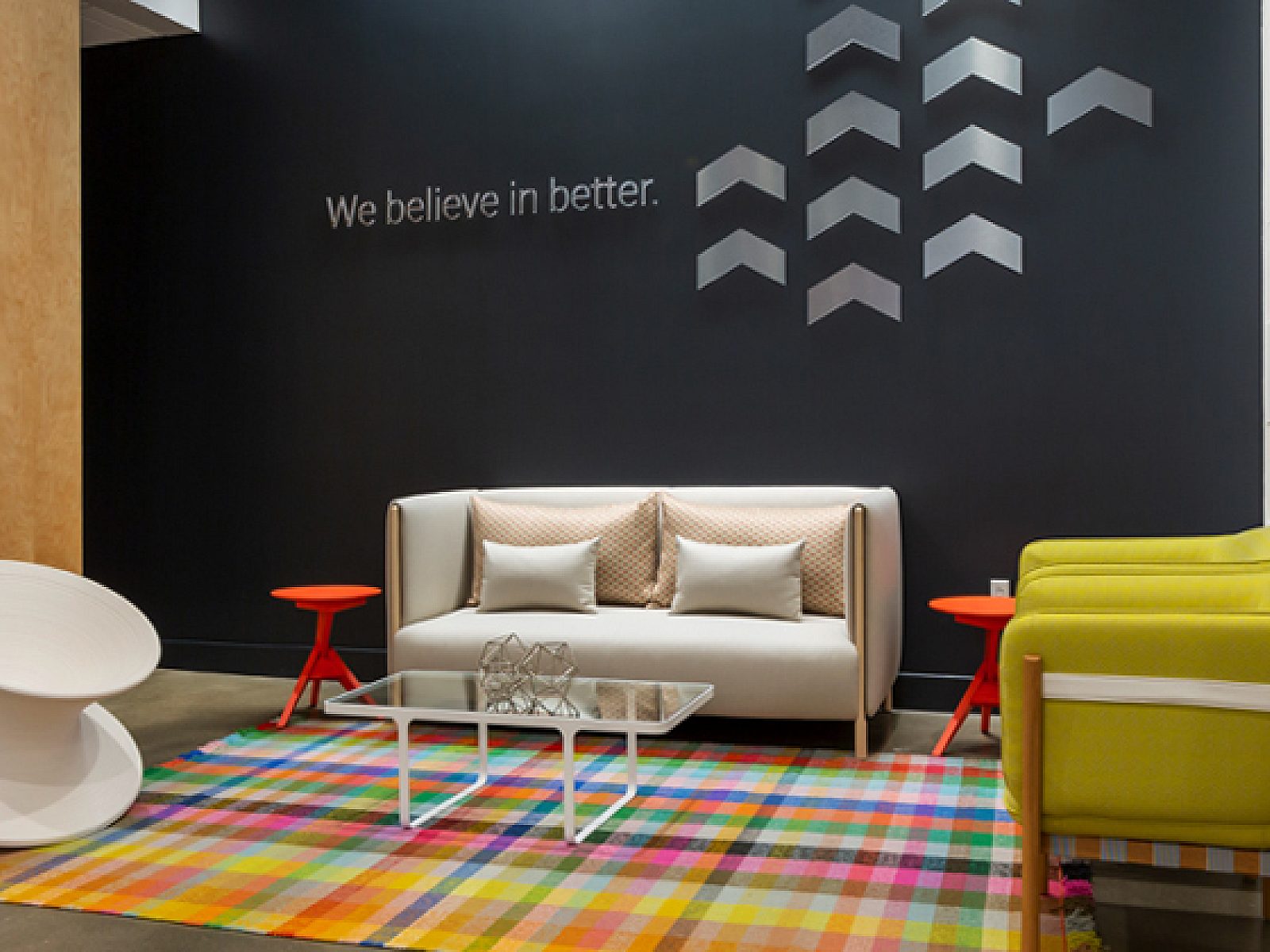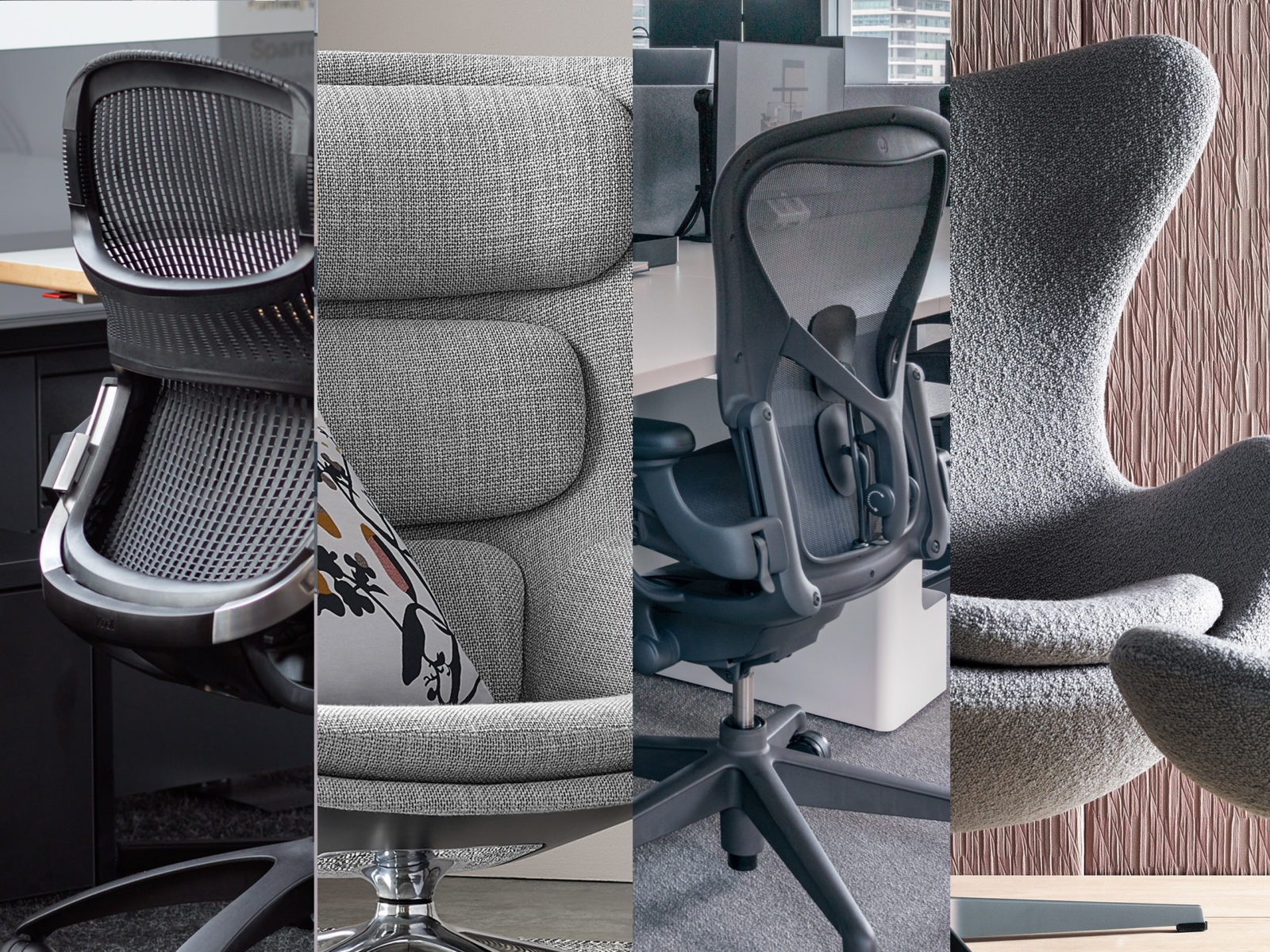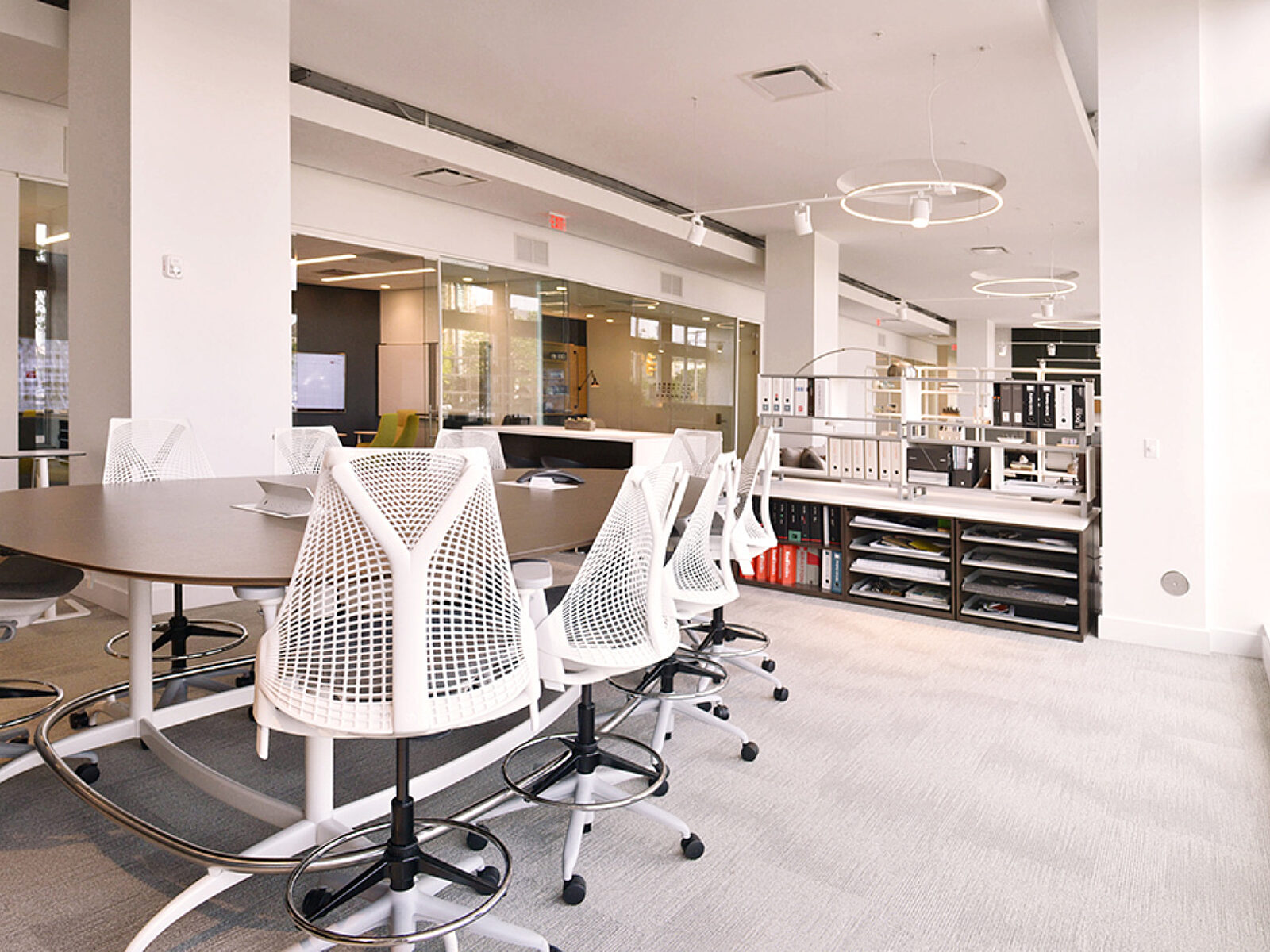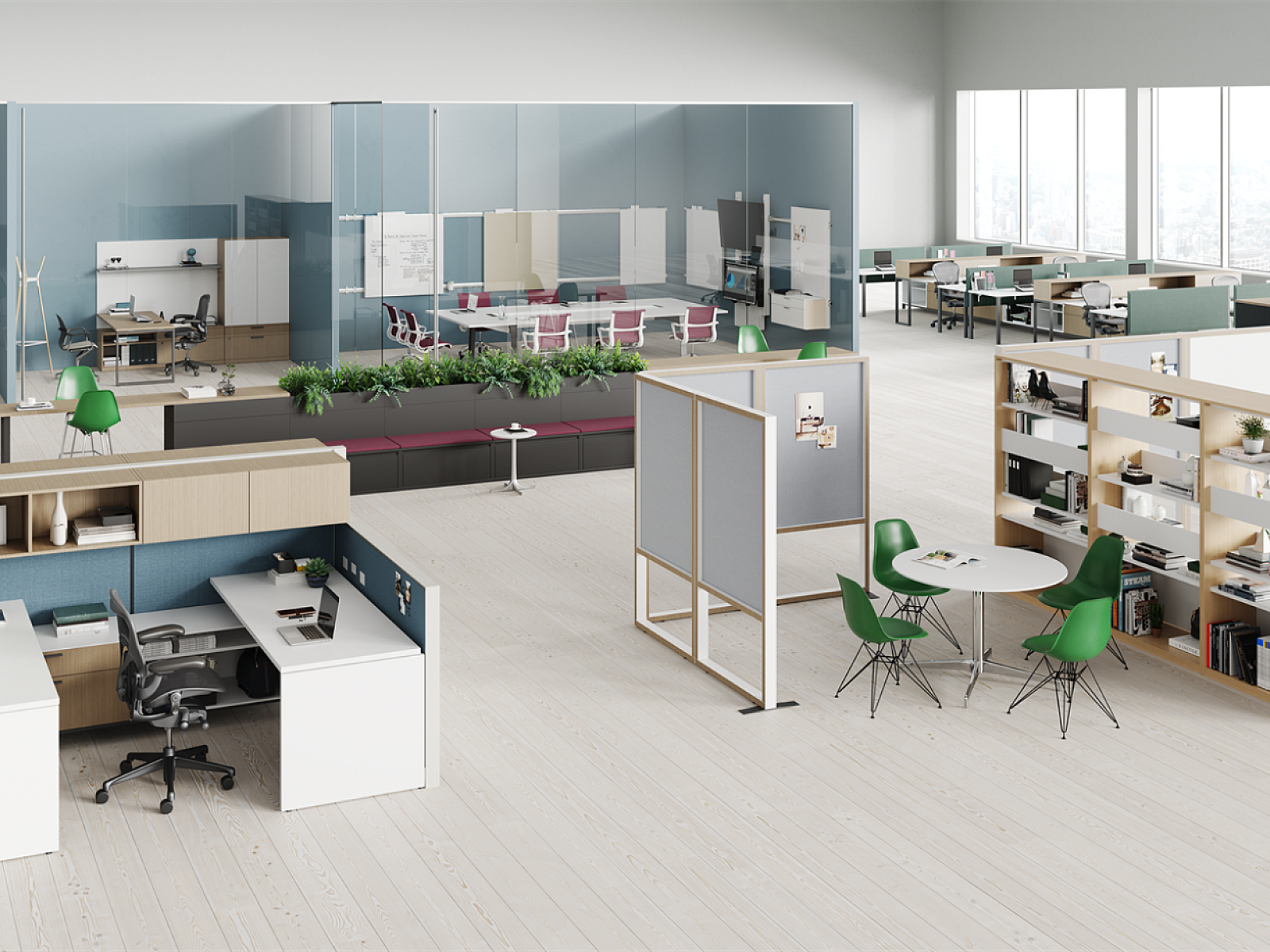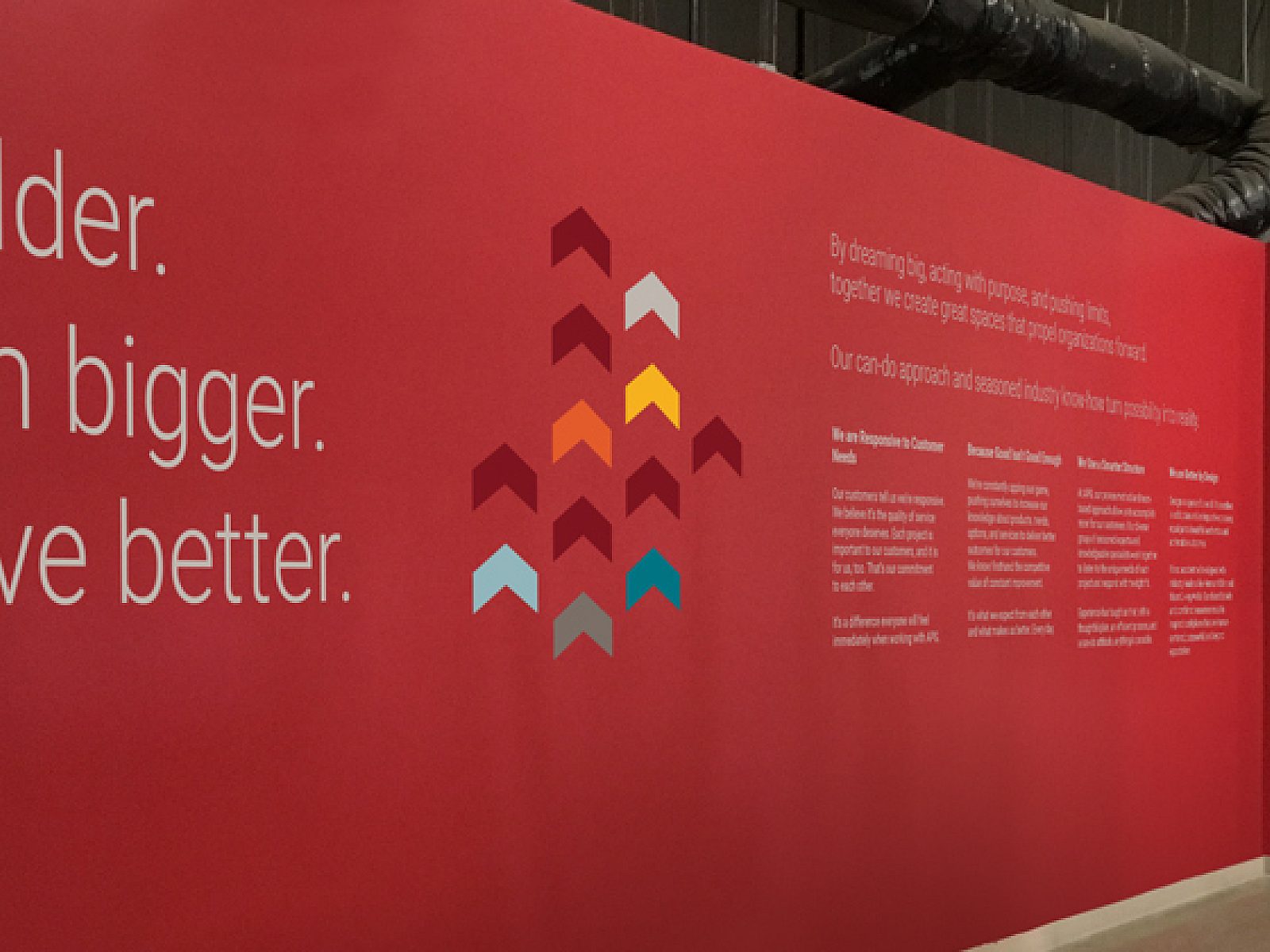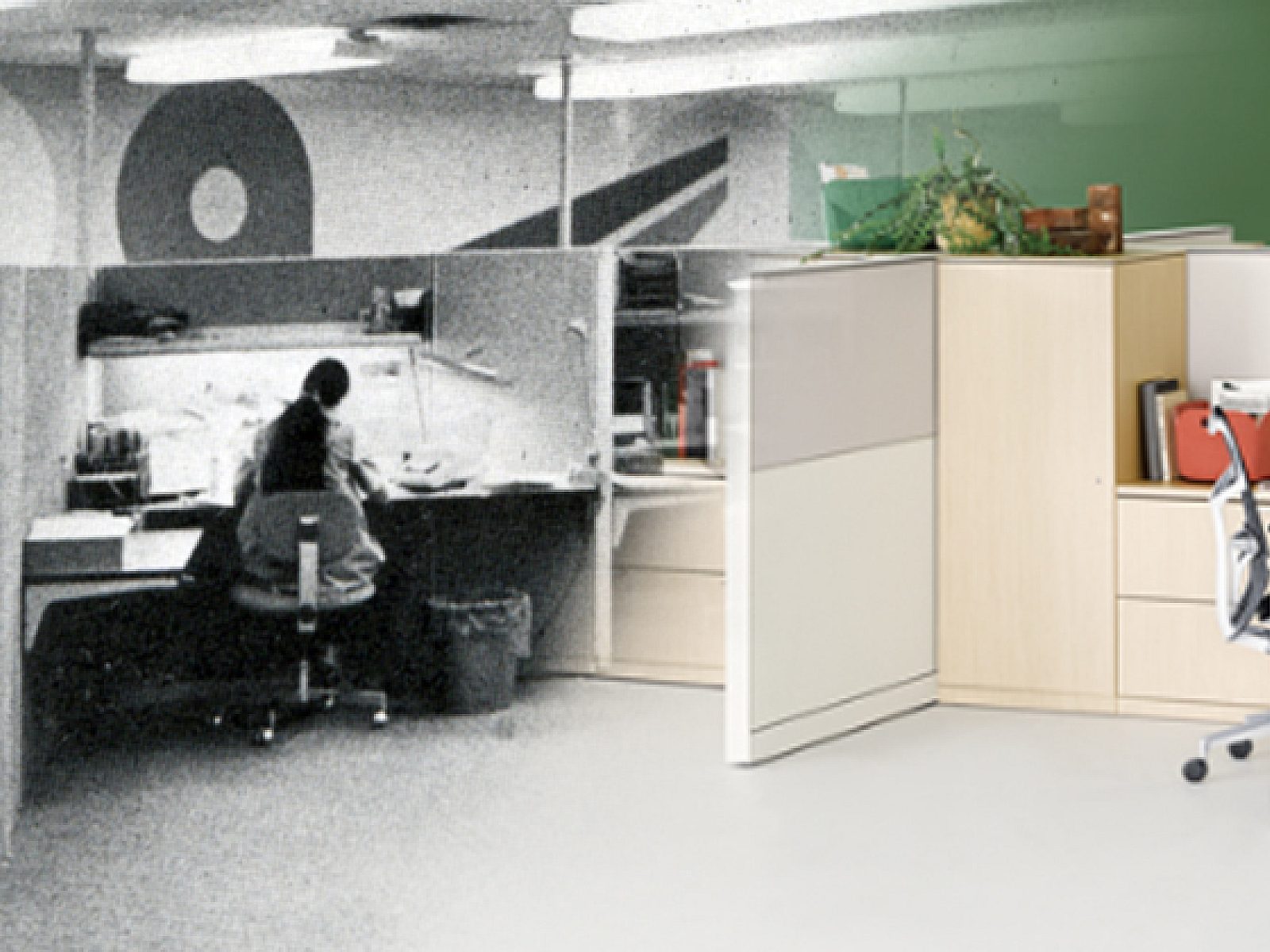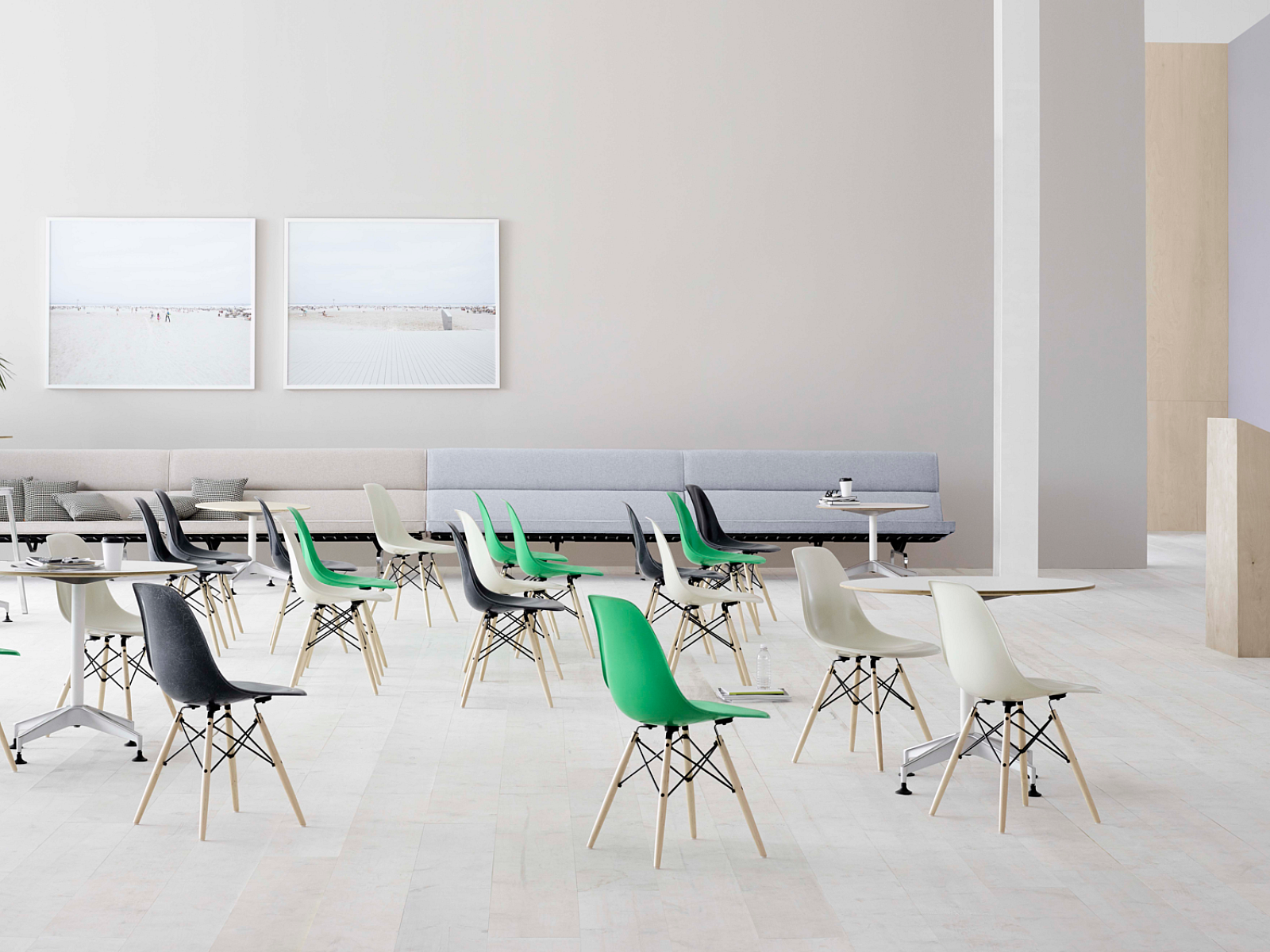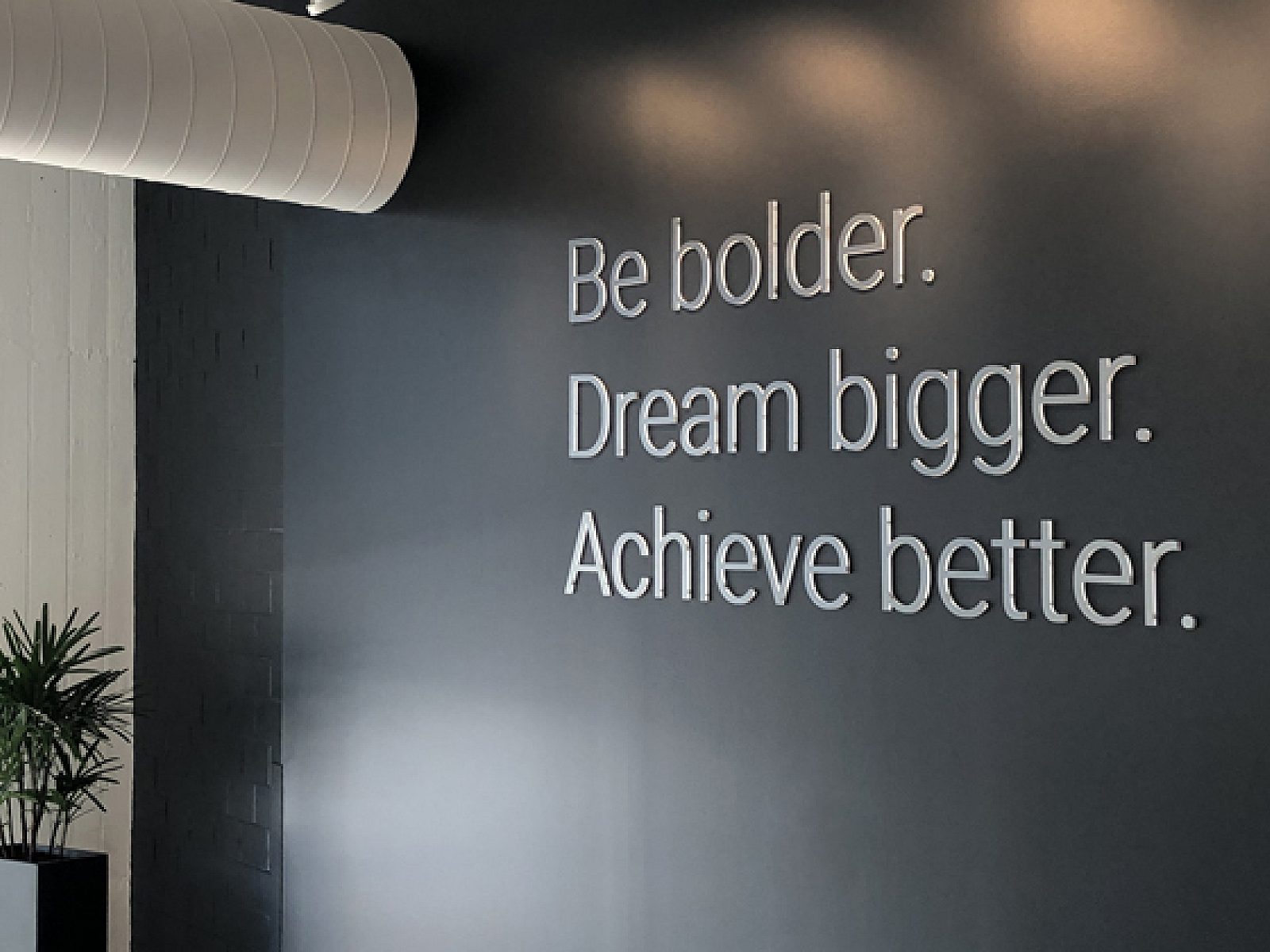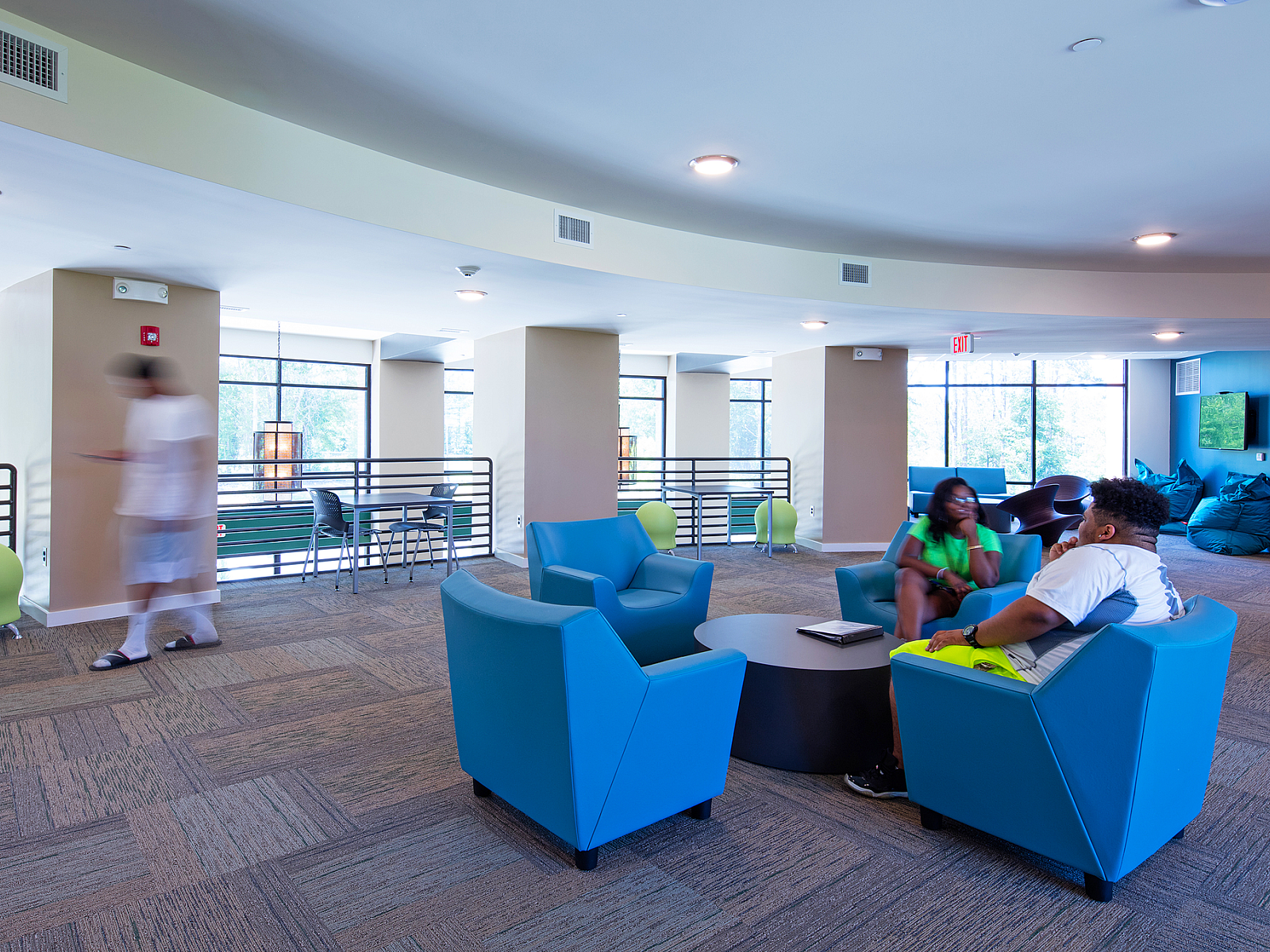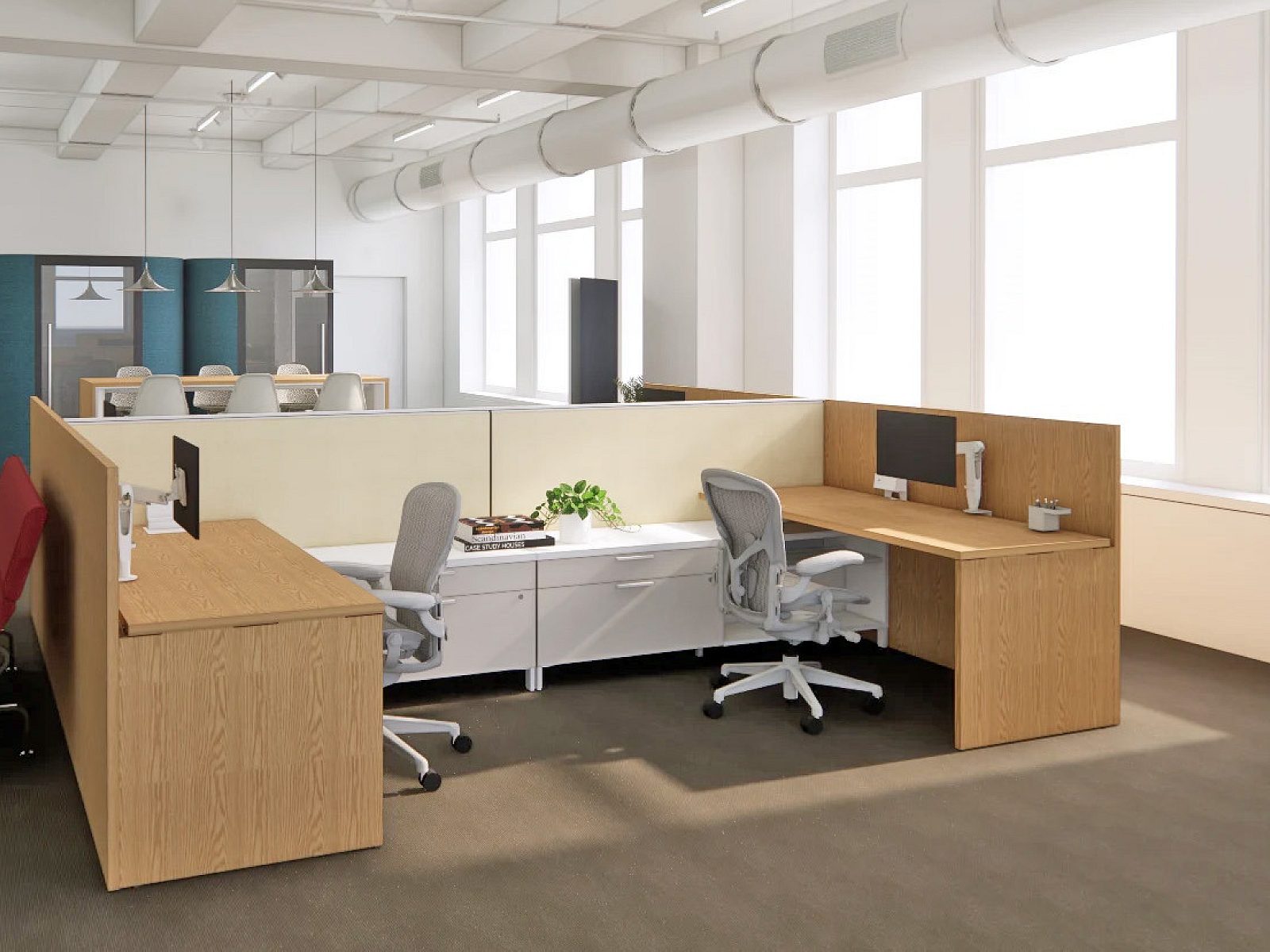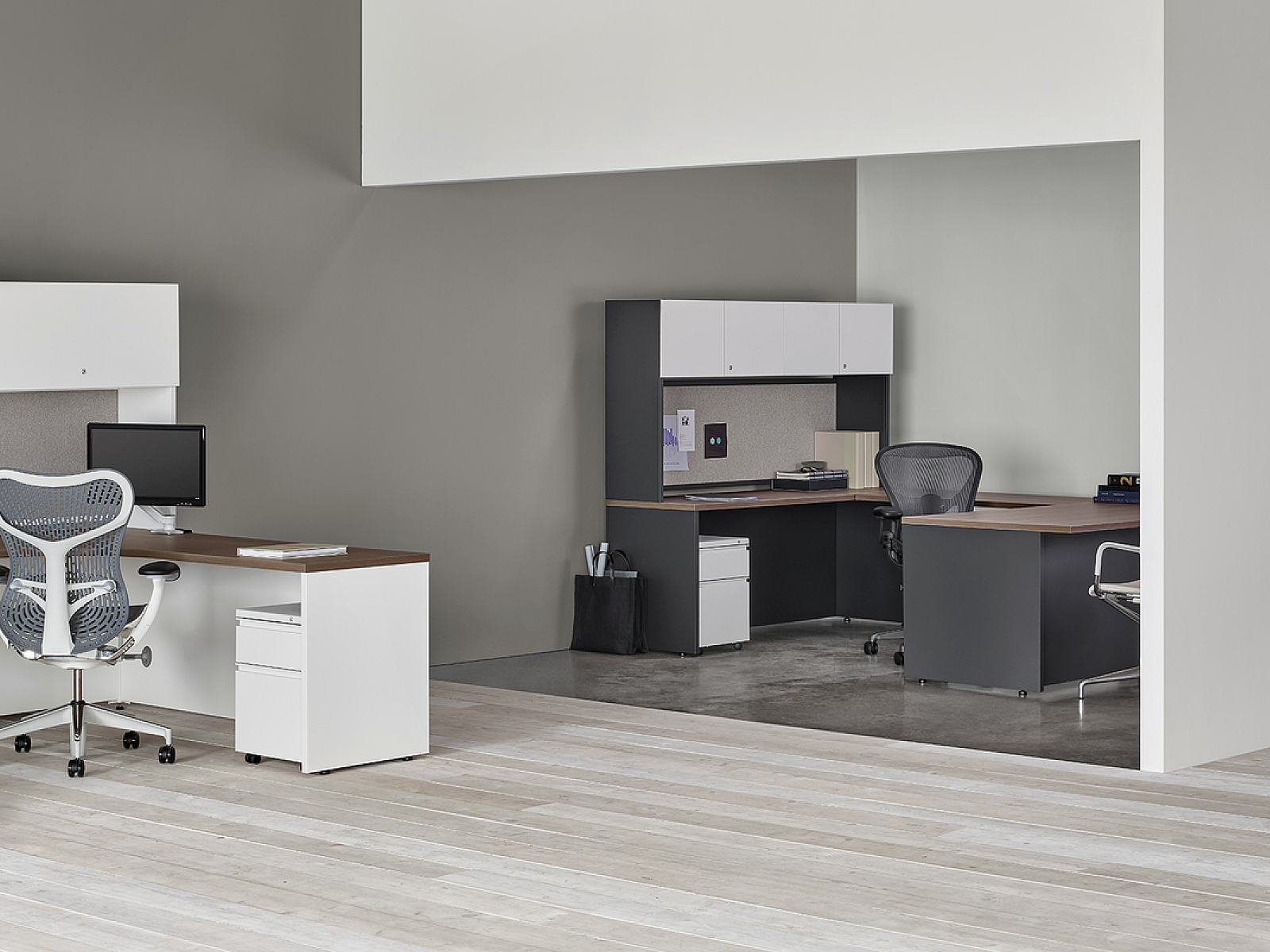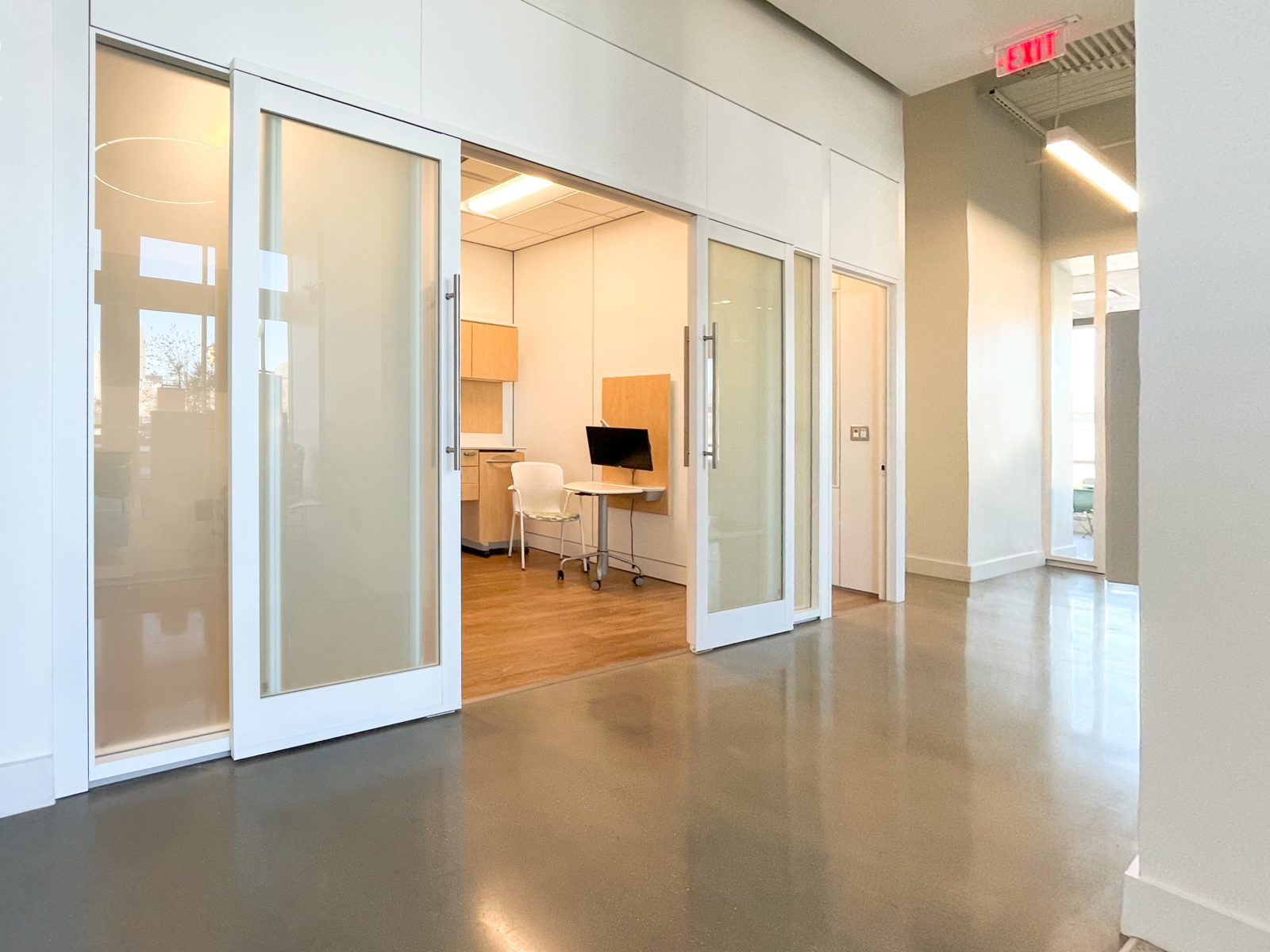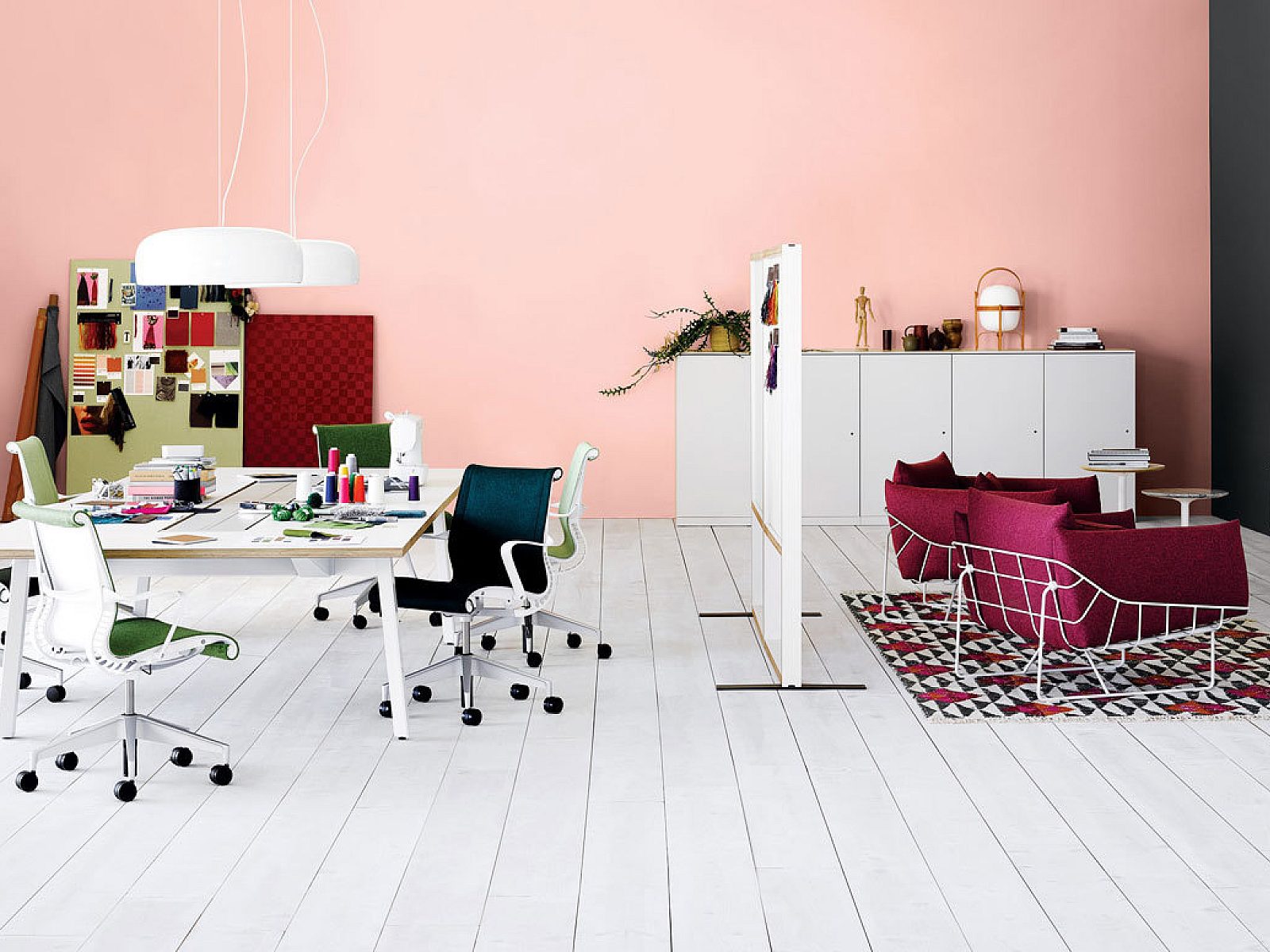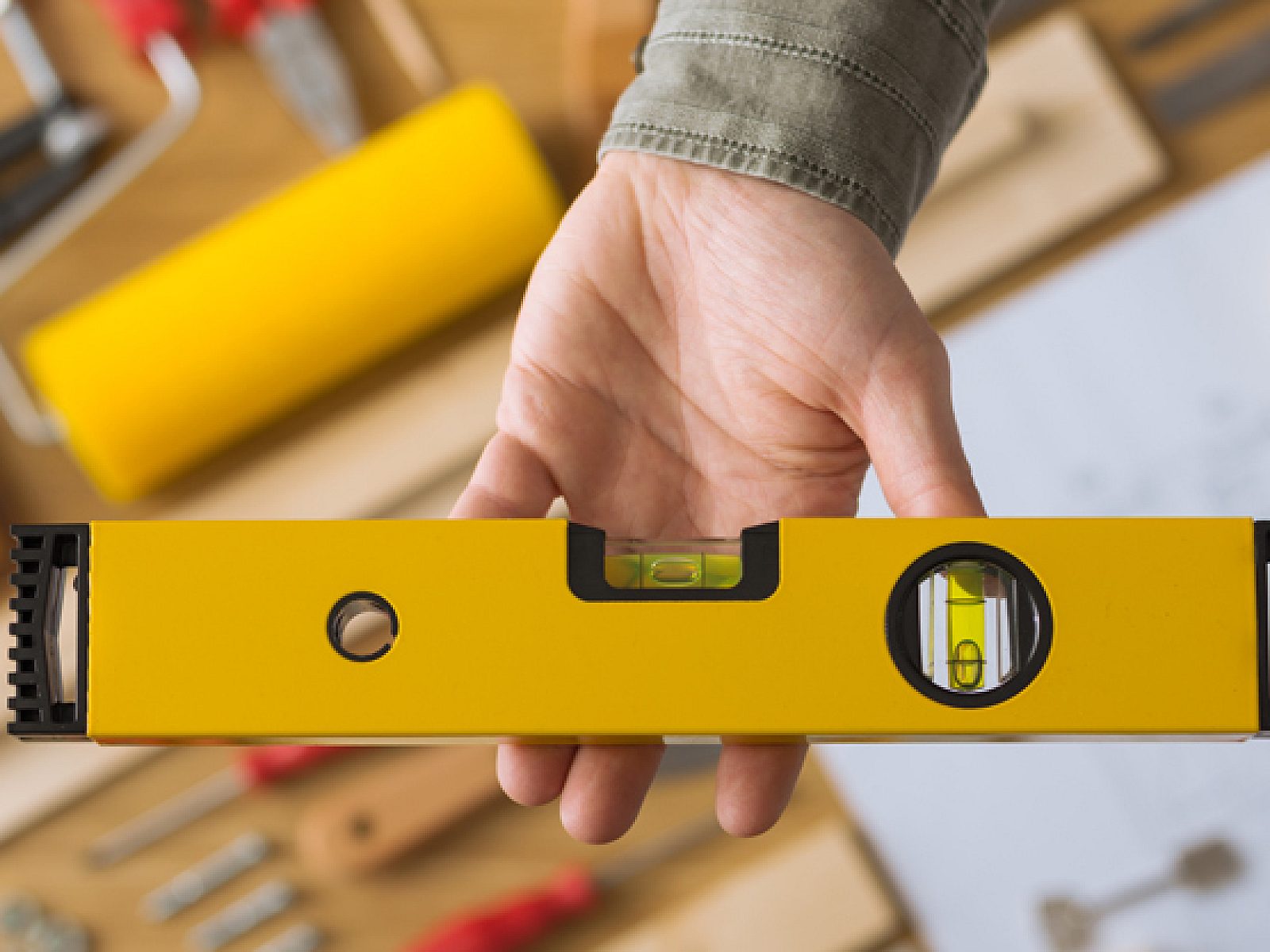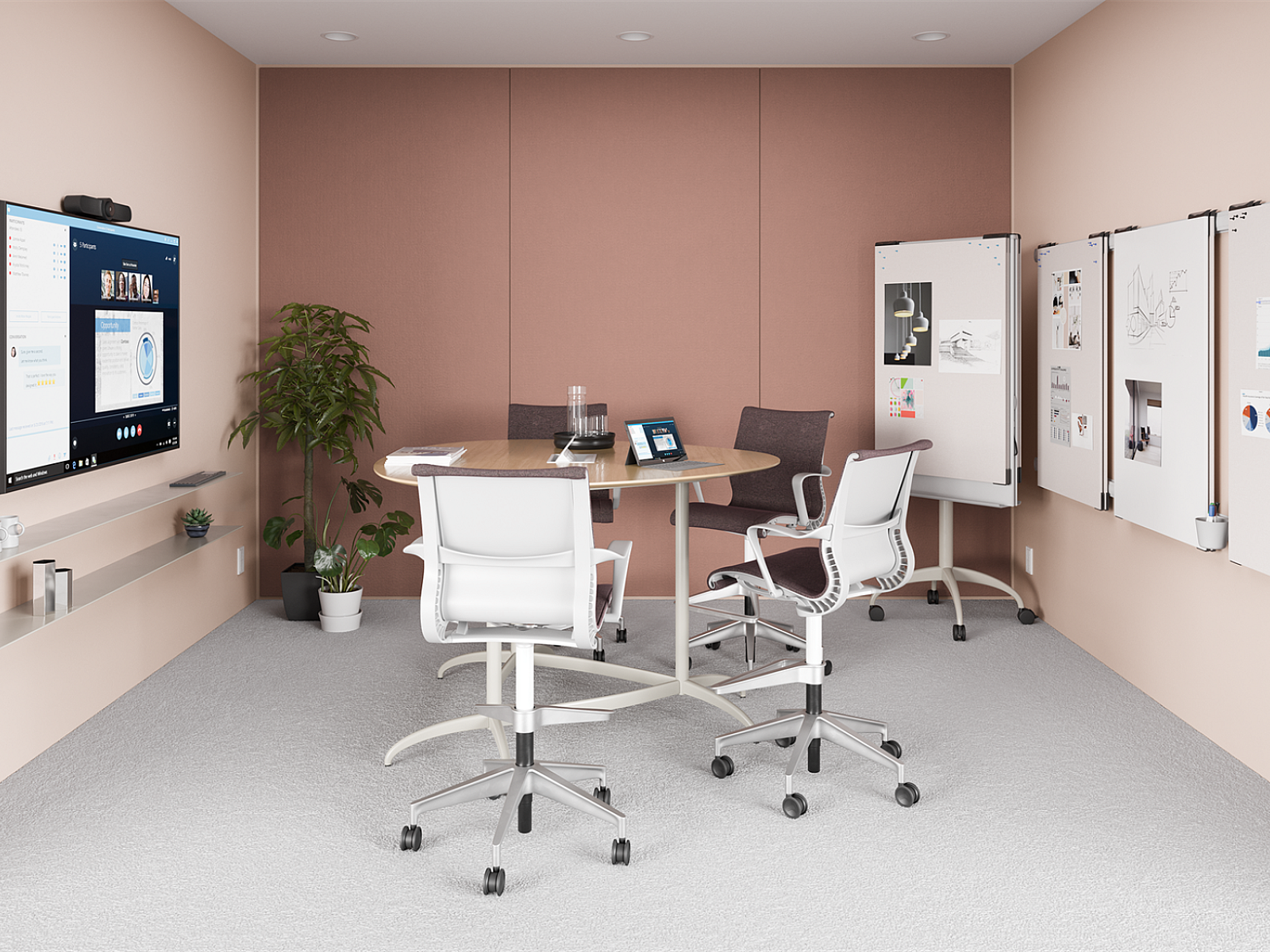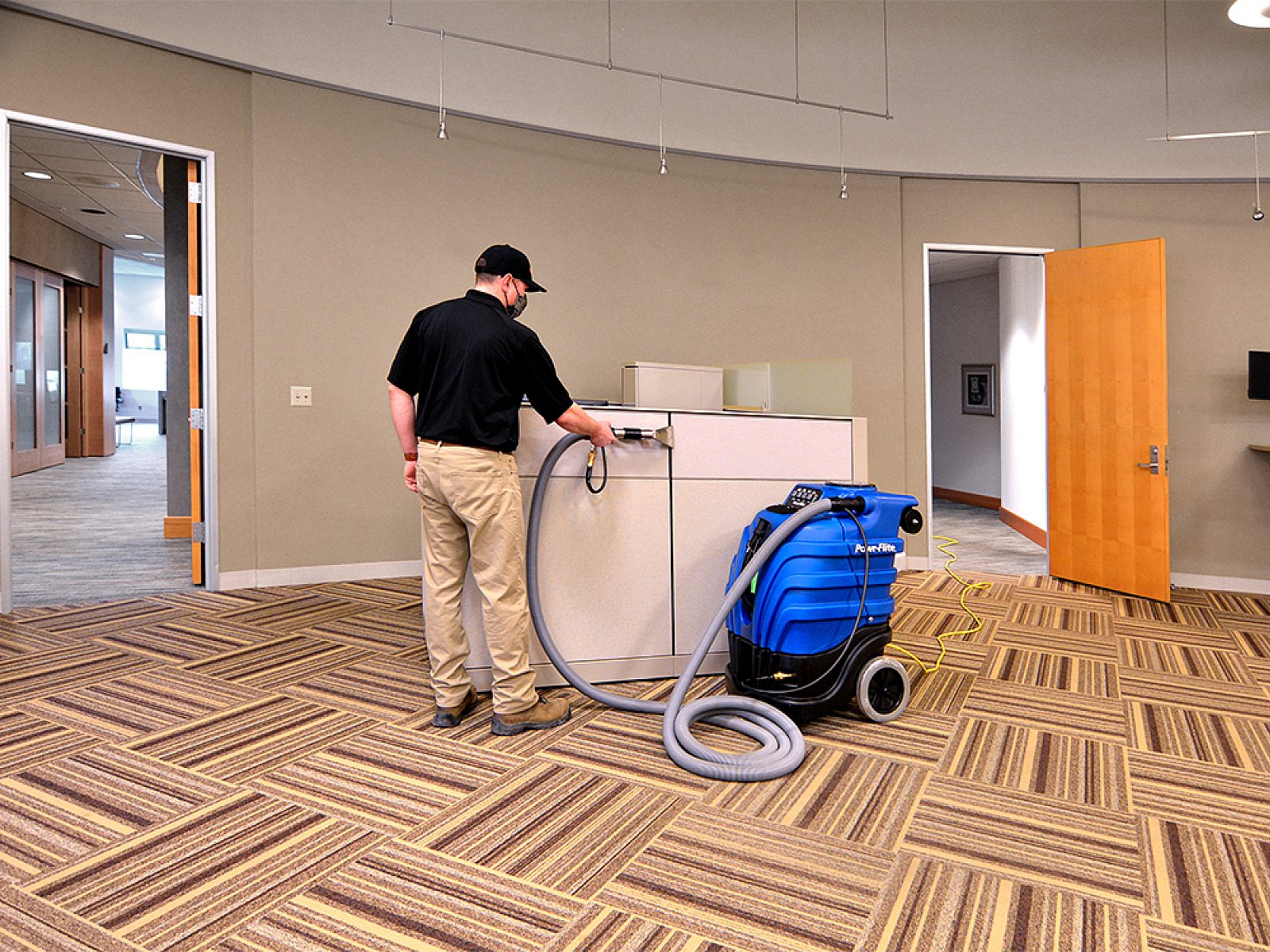Why wellbeing matters
Explore the state of employee wellbeing today—and learn how the workplace can help improve it.

Wellbeing is personal. And subjective. It’s how each person perceives the state of their own physical, psychological, and social selves. While wellness often refers to a specific aspect of health, wellbeing reflects the bigger picture—how everything works and fits together, and as a result, how we feel about it.
Both essential and elusive
Despite their best intentions—and an expressed desire to improve their wellbeing—employees continue to report lower wellbeing year after year.

What’s worse, a gap has emerged between how employees say they are really doing and how leaders think they are doing. That disconnect might suggest why many organizations have yet to fully address these issues.
Wellbeing affects everything
How people feel—their overall wellbeing—greatly affects their day-to-day contributions at work. It influences their job satisfaction, their productivity, even how long they’ll stay with a job. Multiplied across a workforce, these same three measures factor into the future success of an organization.
With that in mind, the statistics illustrate a sobering reality.

Making space for what's important
So, how can physical spaces support employee wellbeing?
We believe it starts by focusing on the people who will use the space. Designing with them, not for them.
We need to understand the experiences that people need physical space to support. Doing so identifies opportunities to improve these experiences, which can result in better wellbeing overall.
While not a complete cure, this approach takes many steps in the right direction.
Let’s look at three levels of experience—physical, psychological, and social—and how we might design ways to meet employee needs across them.

The physical experience
You can help employees improve their wellbeing by creating environments that support everyone’s individual physical experience. Consider the following factors:
Ergonomics
Fitting the space, its settings, and the furnishings and tools within it to the people who will use them.
Inclusive design
Considering the comfort, health, and safety of everyone who will use an environment rather than just the majority of users.
Incorporating sustainability
Examining the health impacts of the environment in the physical space as well as the broader impact on the community and our planet.

The psychological experience
You can help employees improve their wellbeing by creating environments that promote a positive psychological experience. Consider the following factors:
Autonomy
Meeting new expectations for schedule and location flexibility within the workplace by enabling individual and group choice through adaptable furnishings, a choice of settings, and adjustable work tools.
Design for neurodiversity
Embracing the differences in how people process sensory signals as well as understand and quantify—wherever possible—the impact of aesthetic or sensory signals from our environment.
Biophilic design
Supporting people’s sense of connection to the natural world within the built environment.
The social experience
You can help employees improve their wellbeing by incorporating social experiences that lead to a sense of belonging. Consider the following factors:
Participatory design
Involving people in the design process to strengthen their sense of belonging and convey acceptance as a unique and valued member of the collective group.
Belonging
Helping everyone feel connected to the larger organization and its culture by designing spaces to reduce social isolation.
By keeping employees engaged, you can better understand and prioritize their personal needs.
Remember who the workplace is for
As you work to support employee wellbeing, keep people part of the process. After all, it’s their wellbeing at risk.
Make your design process both participatory and inclusive through surveys, team working agreements, and business resource groups. By engaging employees, you can better understand and prioritize their personal needs.
And then, everyone benefits.
If you need help knowing where to begin, let's talk.
Sources:
*Fisher, et al., “As Workforce Wellbeing Dips, Leaders Ask: What Will It Take to Move the Needle?” Deloitte Insights, June 28, 2023.
**Future Forum Pulse, February 2023.
3-point recap
1.
Self-reported employee wellbeing numbers have decreased, to the detriment of job satisfaction, productivity, and retention.
2.
Spaces that meet the physical, psychological, and social needs of employees can support and empower them to improve their wellbeing.
3.
The most important thing to remember during this process is to practice participatory design to understand and prioritize what’s most meaningful to your employees and deliver a more inclusive experience.

